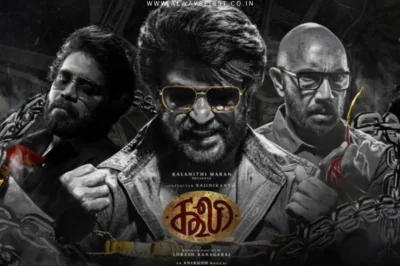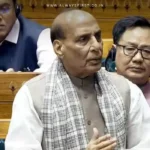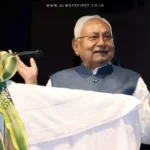
Key Highlights:
- The Supreme Court dismissed a plea seeking the creation of a regulatory body for OTT platforms, stating it falls under the executive branch’s policy domain.
- Petitioners Shashank Shekhar Jha and Apurva Arhatia argued that OTT content lacks certification like films and TV, leading to harmful and explicit content.
- The Chief Justice of India D Y Chandrachud remarked on the misuse of PILs for policy matters, stressing that it takes away from hearing genuine public interest litigations.
The Petition and Court’s Response
Advocates Shashank Shekhar Jha and Apurva Arhatia filed a Public Interest Litigation (PIL) before the Supreme Court, seeking the regulation of content on over-the-top (OTT) platforms like Netflix and Amazon Prime. They emphasized the need for checks on OTT content, citing the absence of a certification process similar to that used for films shown in theatres.
The petition highlighted concerns about the rise of explicit scenes, violence, and substance abuse in OTT shows, often without sufficient warnings or regulations. The petition also referenced the Netflix series IC 814: The Kandahar Hijack to illustrate the issue, stating that platforms frequently label their content as based on real-life events without oversight or certification, which could mislead the audience.
However, the Supreme Court bench, led by Chief Justice of India D Y Chandrachud, dismissed the plea, emphasizing that content regulation of OTT platforms is a policy matter and not something the judiciary should intervene in. The CJI noted that such issues require broad consultations with stakeholders and fall under the purview of the executive, not the courts.
The SC’s Stand on PILs and Policy Matters
Chief Justice Chandrachud also commented on the increasing trend of PILs addressing policy issues, which detracts from hearing “genuine” PILs that require immediate attention. He remarked, “We miss out genuine PILs… We don’t get time to hear genuine PILs.”
When the petitioners requested to withdraw the plea to present it before the relevant ministry, the CJI dismissed it outright, not allowing further discussion on the matter.
Concerns Over Lack of OTT Regulation
The petition raised concerns that OTT platforms, unlike television and cinema, only follow self-regulation and lack a centralized oversight body like the Central Board of Film Certification (CBFC). This self-regulation, the plea argued, leaves room for abuse of the right to free expression as guaranteed under Article 19 of the Indian Constitution. The plea also mentioned that unchecked OTT content could have national security implications and promote undesirable activities like gambling and drug use.
It proposed the creation of an autonomous body that would regulate and monitor content on OTT platforms, akin to the CBFC’s role for films. This body would comprise members from various fields, including law, cinema, media, education, and defense.
Conclusion
The Supreme Court’s decision underscores the fine balance between freedom of expression and content regulation in a rapidly evolving digital landscape. While the petitioners’ concerns about unchecked OTT content resonate with certain sections of the public, the court firmly placed the onus on the executive branch to address such regulatory issues through policy decisions, steering clear of judicial overreach.









































Leave a Reply